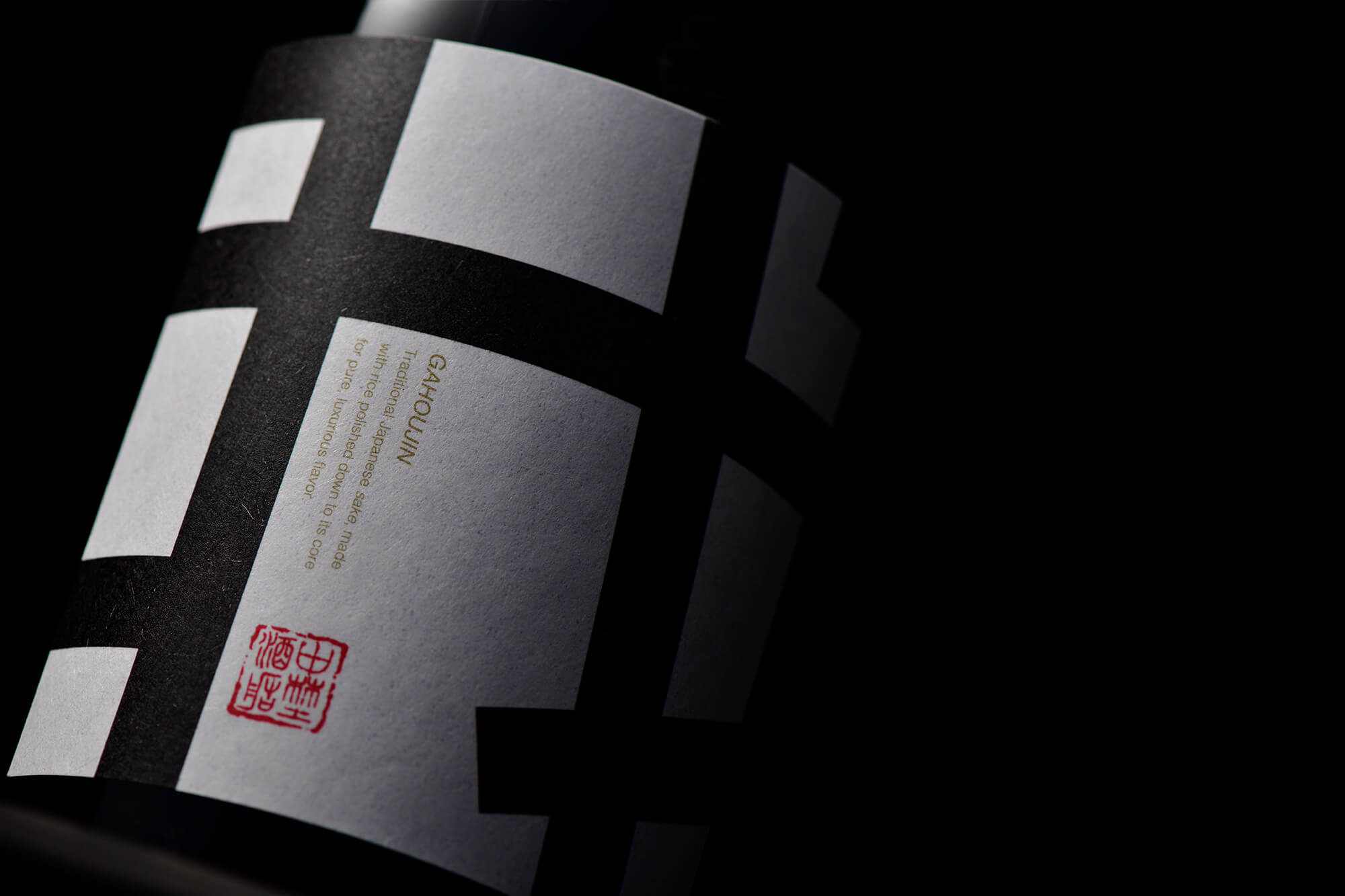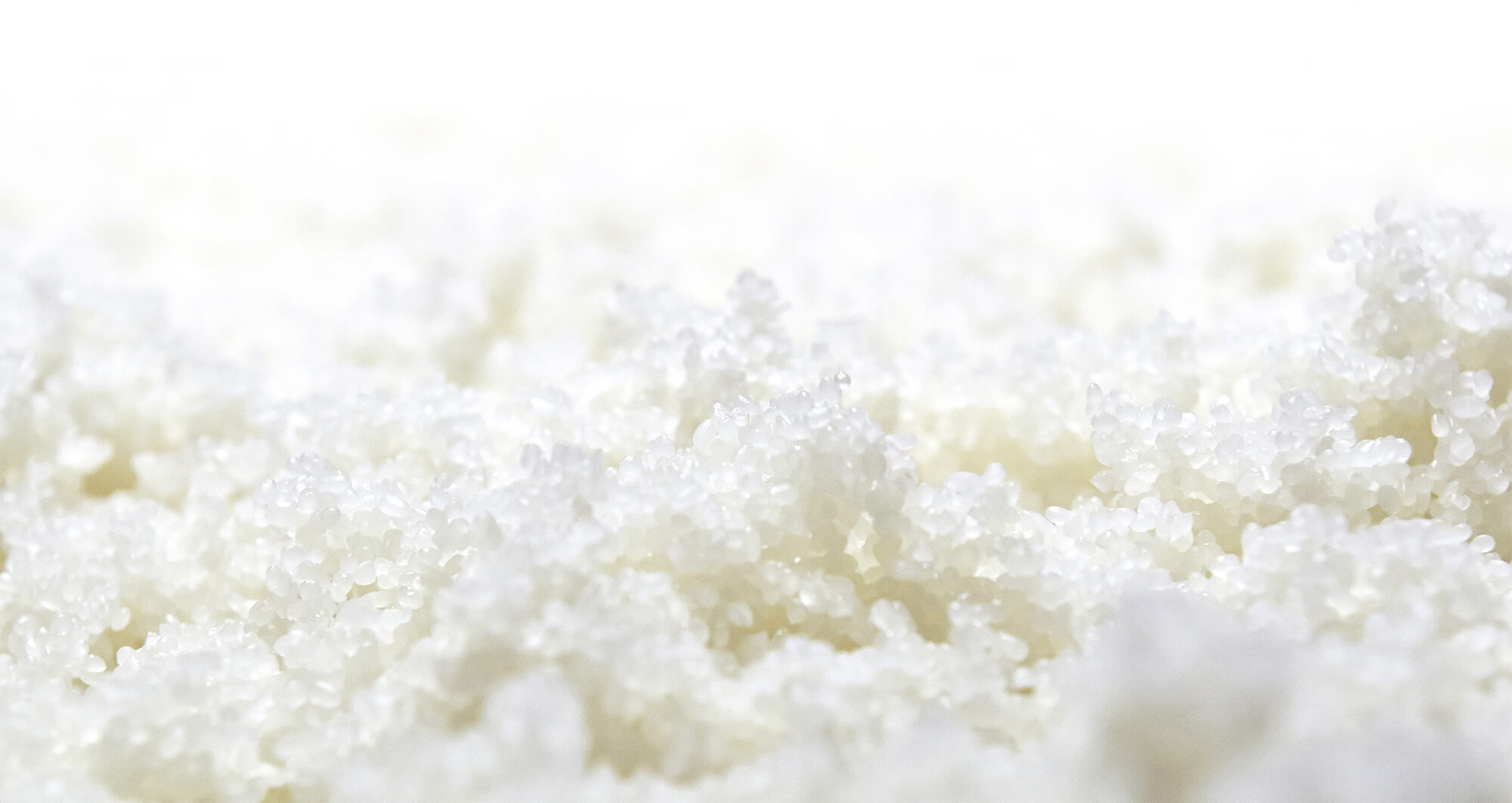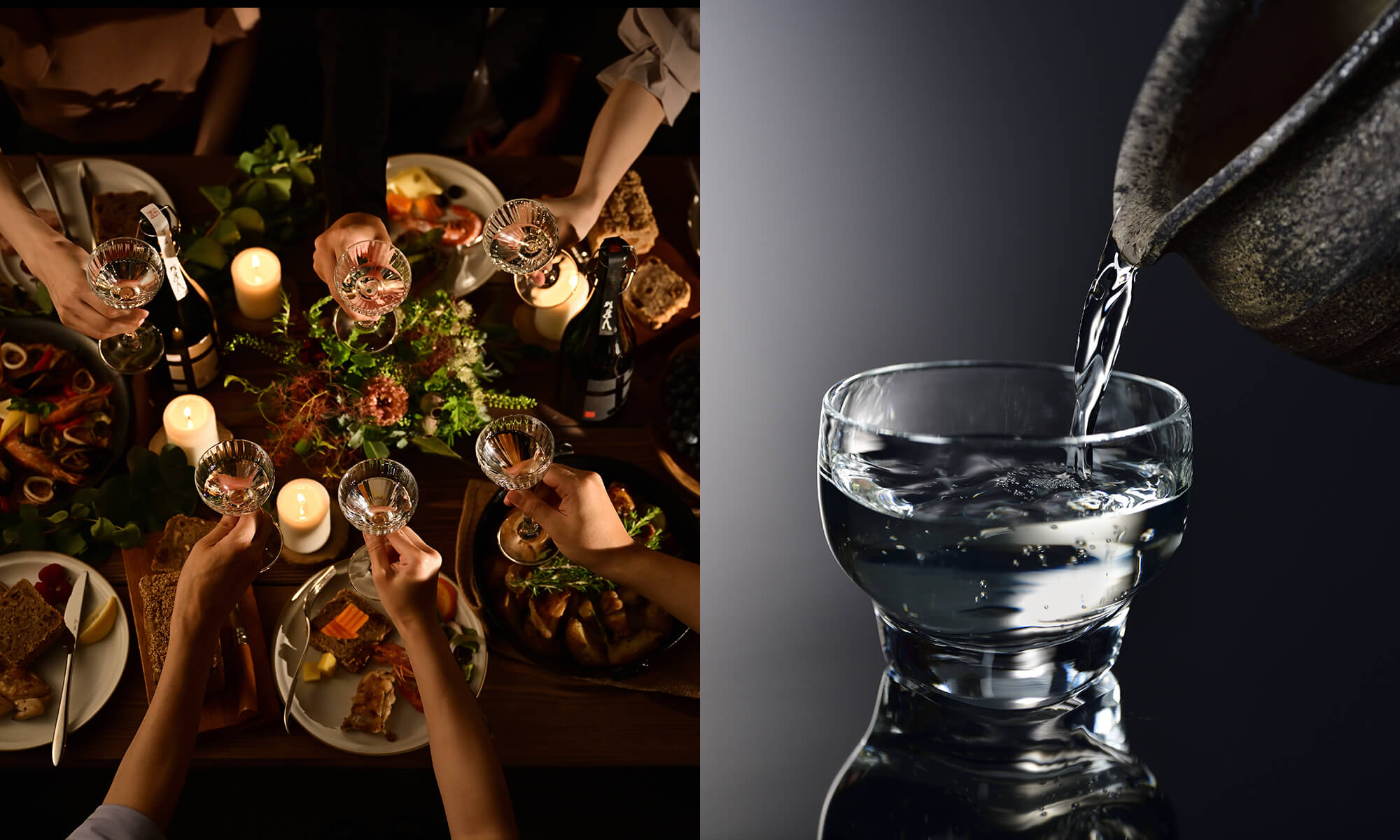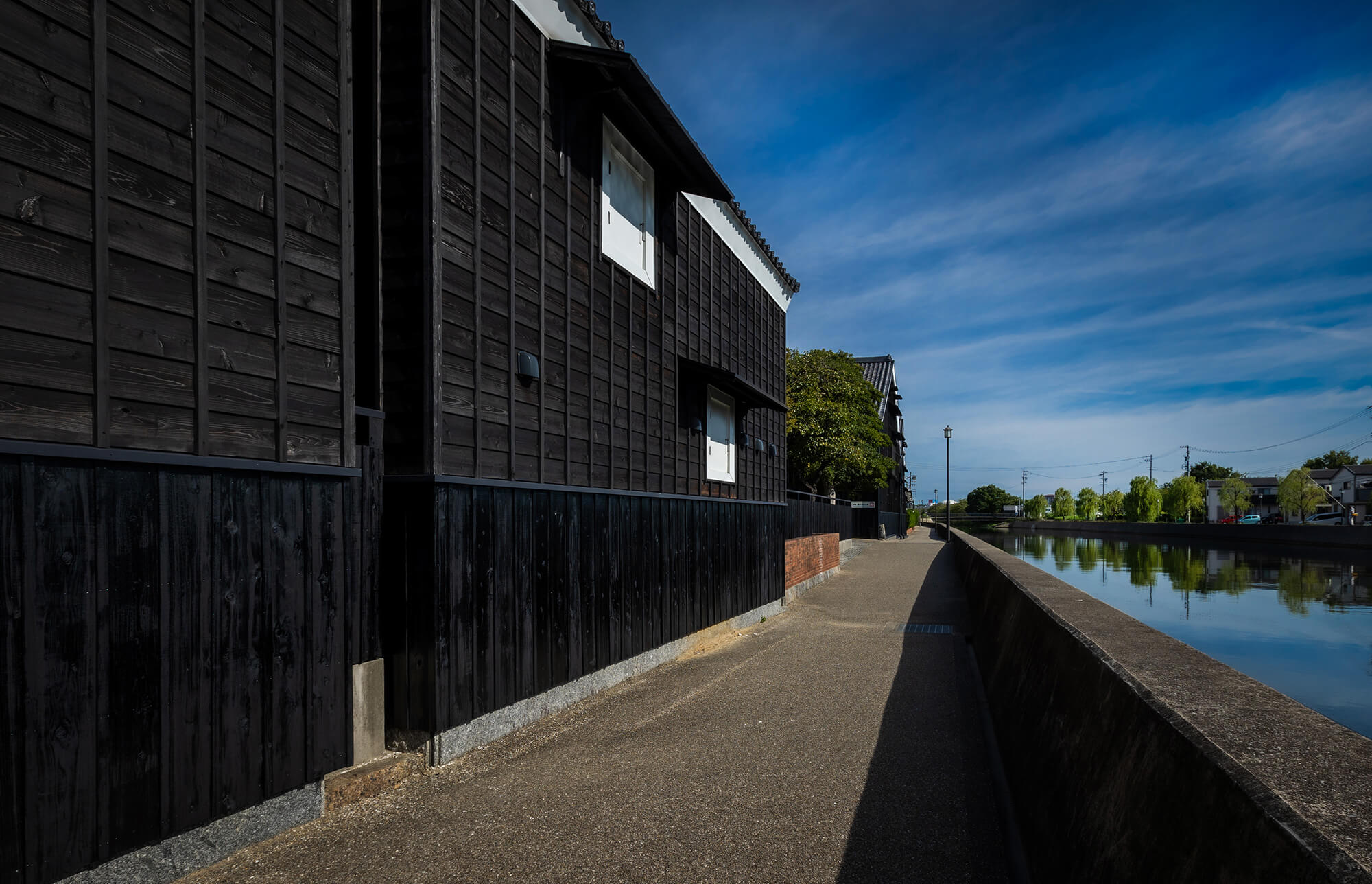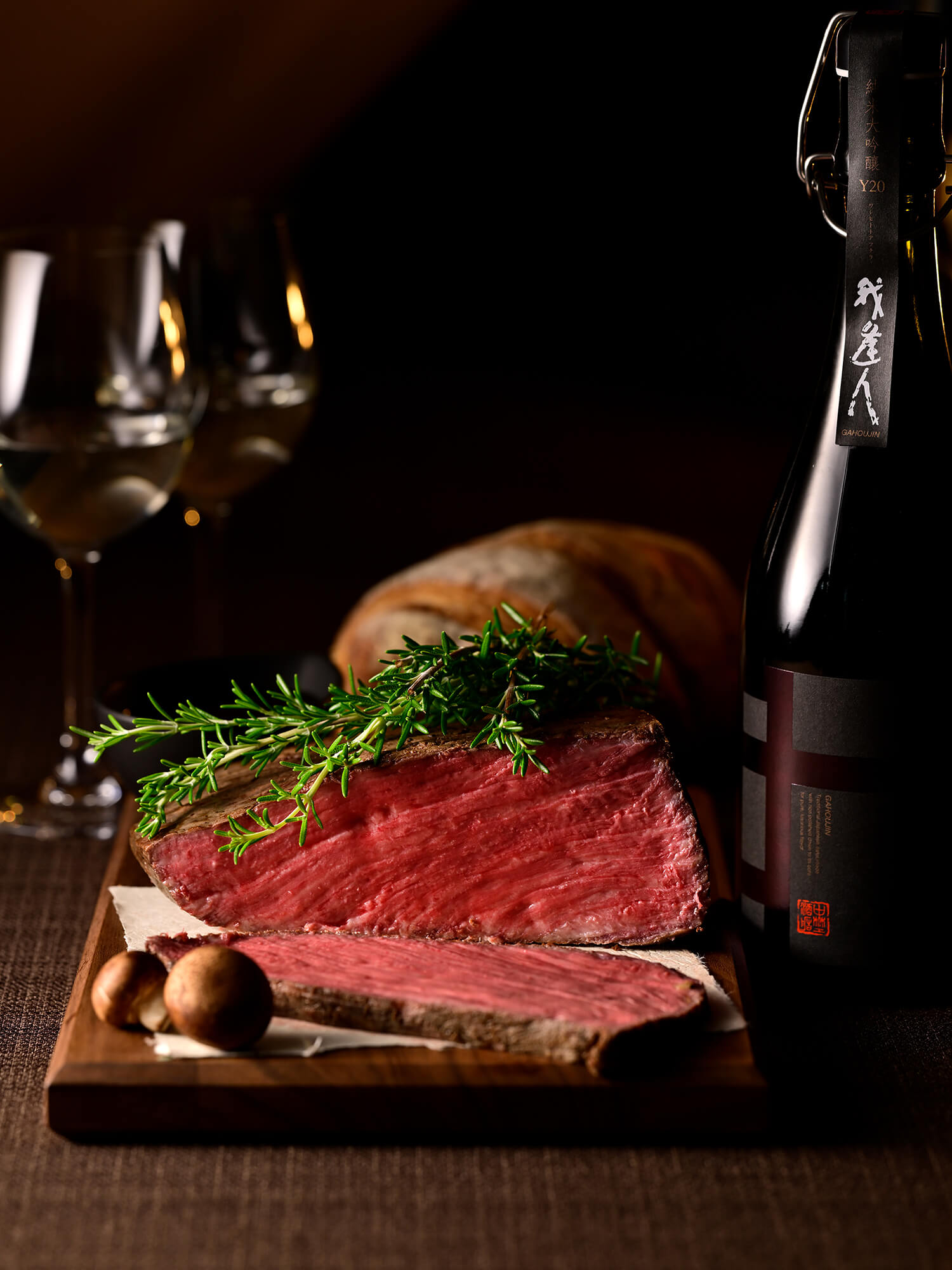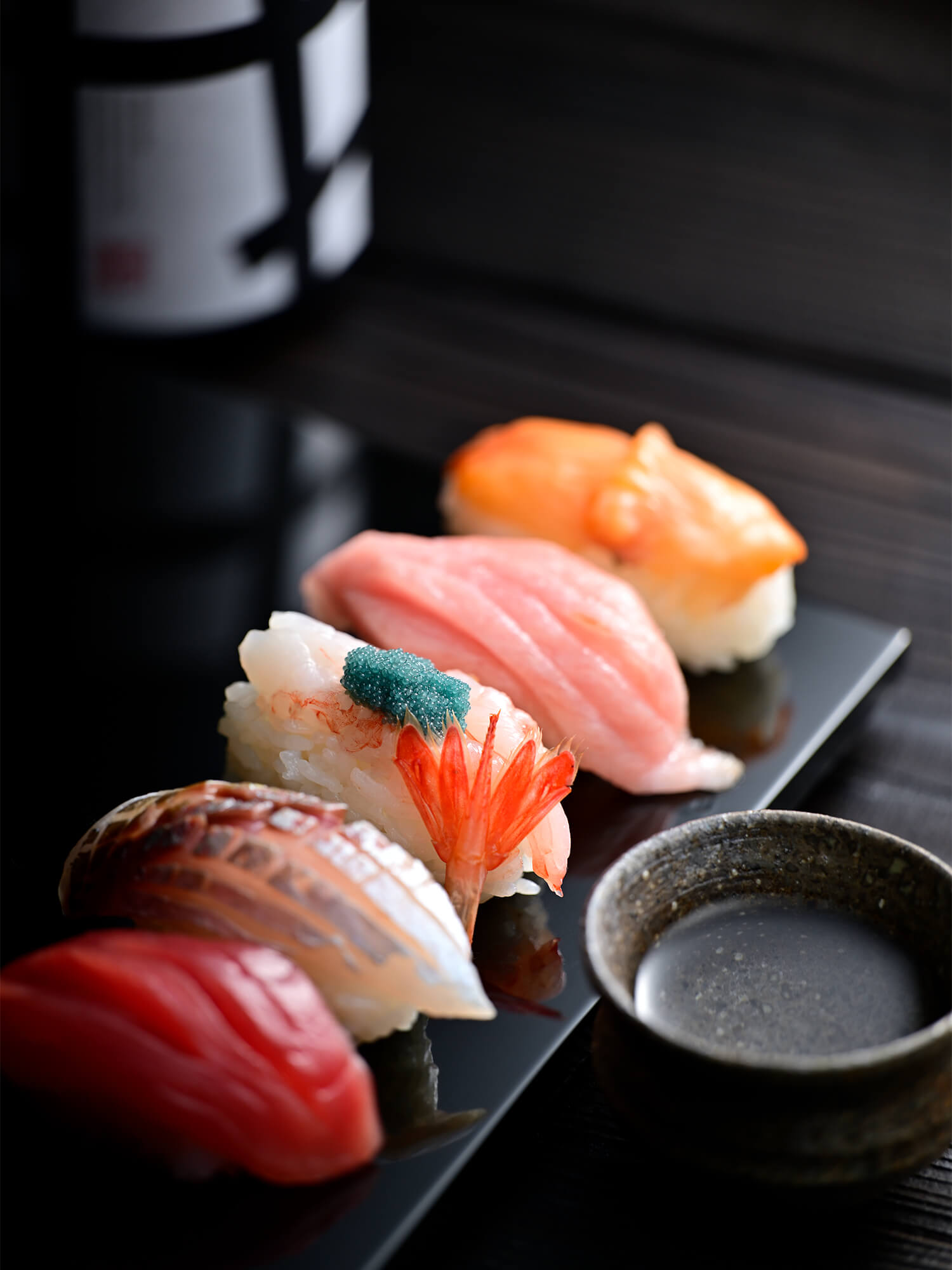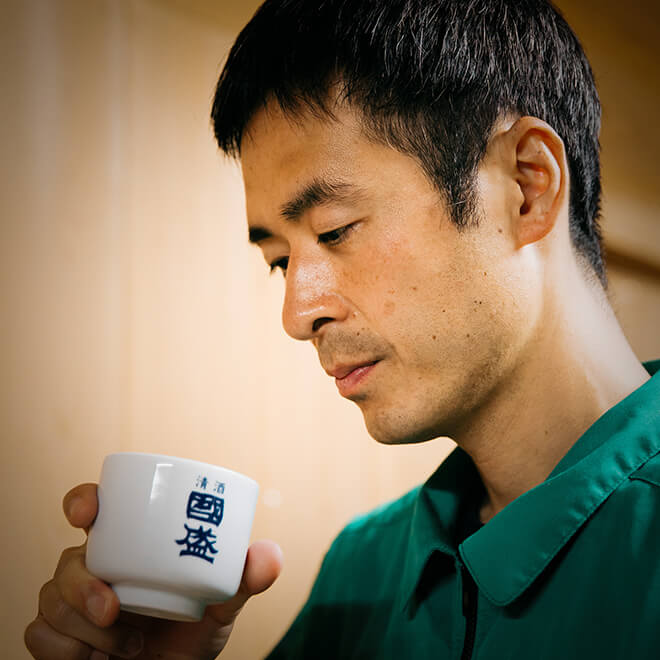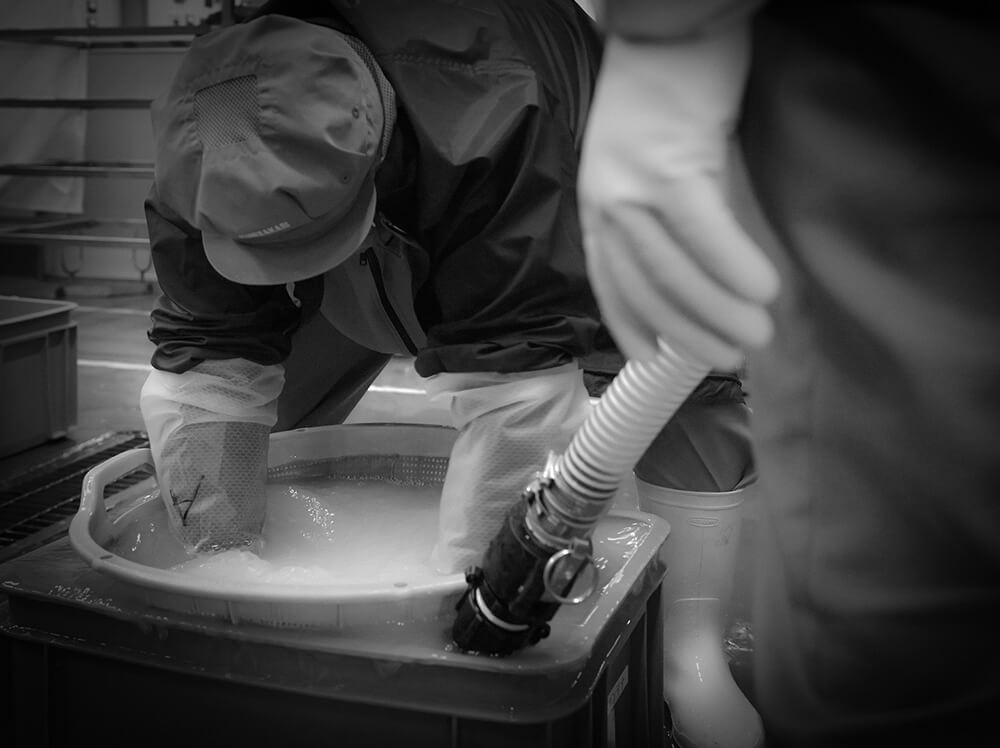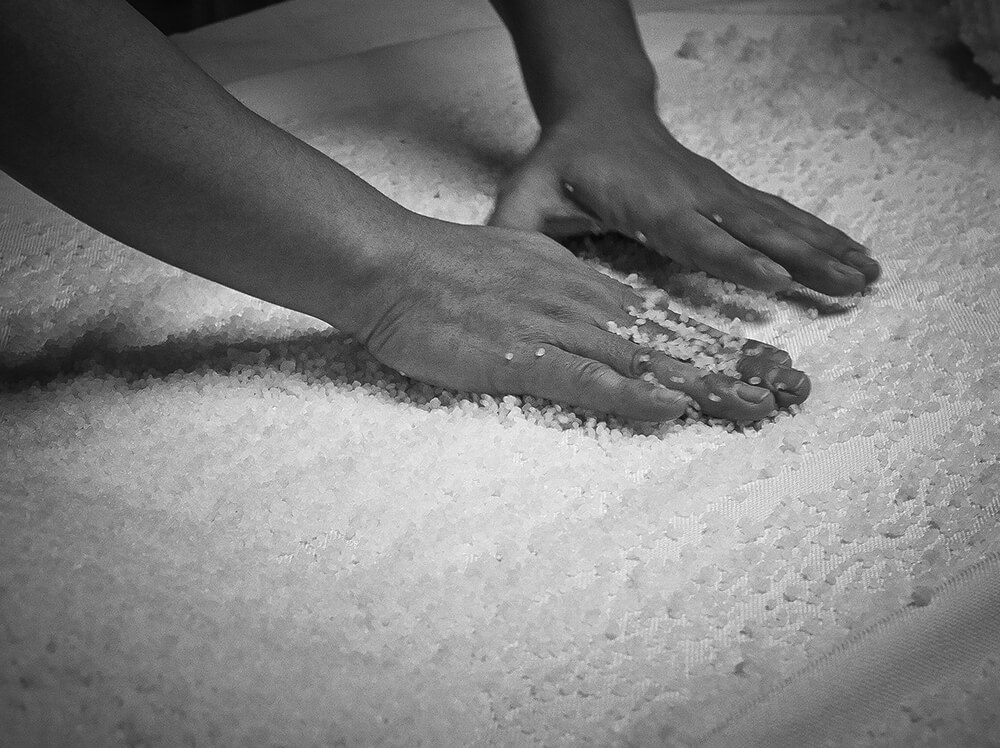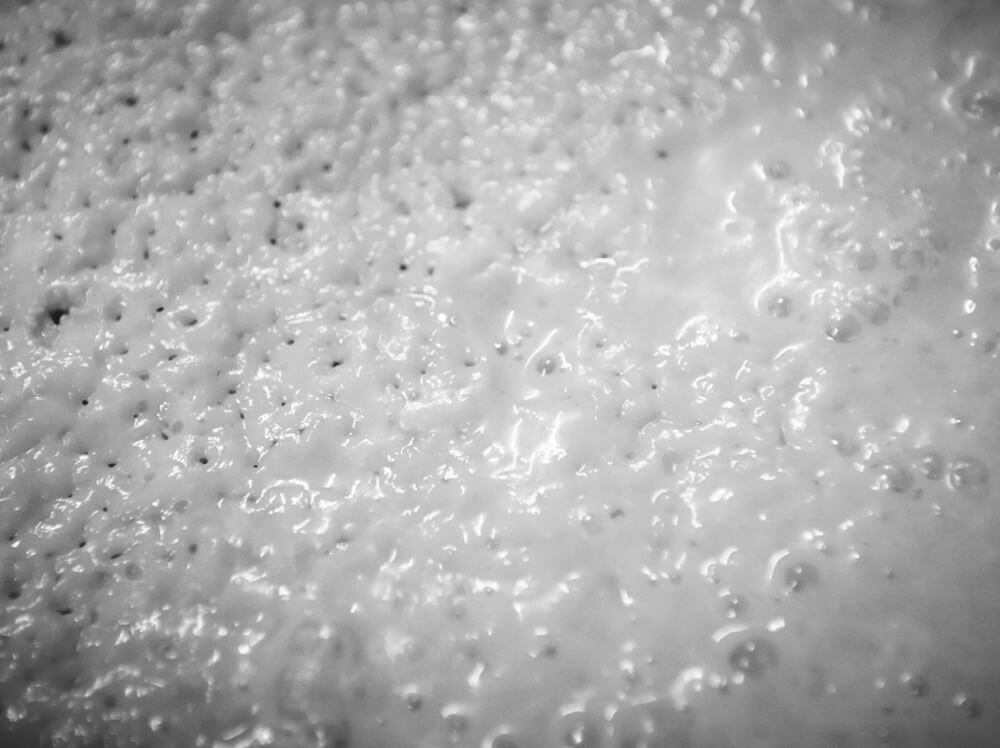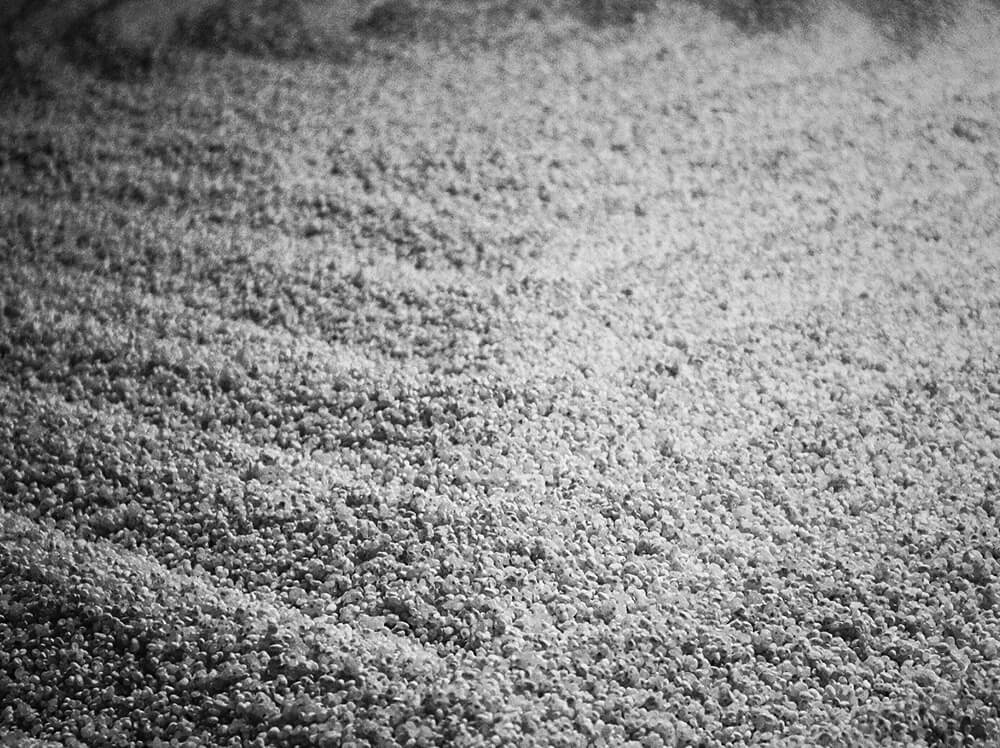In pursuit of an exquisitely refined flavor, the rice is polished down to just 20% of its
original size.
Yet, this is no simple feat.
Rice that has been polished even halfway becomes fragile and delicate, on the verge of
crumbling, and yet, the process demands that only the "core" remains.
Much like a climb to the peak of a mountain, where the ascent grows ever steeper, the creation of Gahoujin sake is a journey filled with relentless challenges at every stage.
now loading

